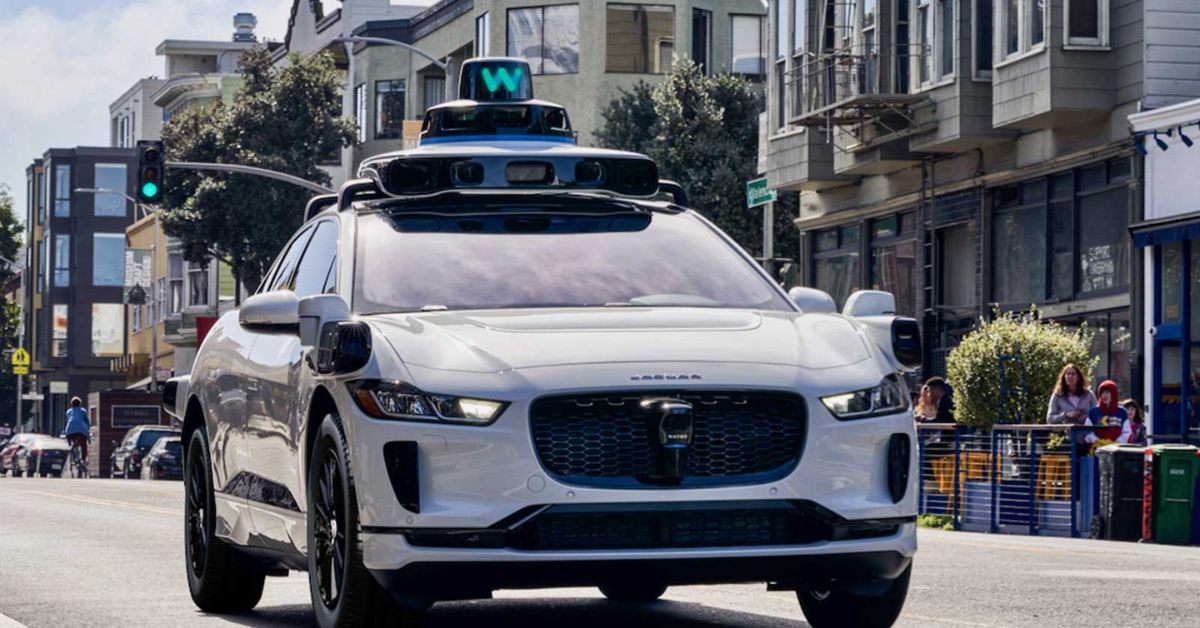Waymo’s robotaxis are now driving on freeways in Los Angeles, San Francisco, and Phoenix, marking a historic leap in autonomous transportation. This expansion promises faster commutes, broader coverage, and a glimpse into the future of mobility.
🌐 The Road to Autonomy
Sixteen years ago, Google’s self-driving project began testing autonomous vehicles on the freeway between Silicon Valley and San Francisco. That project eventually evolved into Waymo, Alphabet’s autonomous driving company. Over the years, Waymo steadily expanded its robotaxi services in Phoenix, San Francisco, and Los Angeles. Until recently, however, freeway driving remained off-limits. Now, Waymo has broken that barrier, offering rides on highways without human backup drivers.
This milestone is more than symbolic. Freeways represent complex driving environments with higher speeds, merging traffic, and longer travel distances. By conquering this challenge, Waymo demonstrates that autonomous technology is ready for mainstream adoption.
🚀 Why Freeway Access Matters
Waymo’s freeway expansion is not just about novelty—it’s about efficiency and convenience.
- Reduced travel times: Trips can be up to 50% faster compared to surface streets.
- Expanded service zones: In the Bay Area, Waymo now covers a 260-square-mile territory stretching from San Francisco to San Jose.
- Airport access: Riders in San Jose can now take robotaxis directly to the airport.
Imagine commuting from Downtown LA to Culver City or catching a flight at Phoenix’s Sky Harbor International Airport—all without a human driver. Freeway capability transforms robotaxis from a novelty into a practical alternative to traditional ridesharing.
🛠 Behind the Scenes: Years of Testing
Waymo didn’t rush into this. The company spent over a year testing freeway rides with employees and guests before opening them to the public. These trials ensured safety, reliability, and rider confidence. The vehicles rely on a sophisticated combination of lidar, radar, cameras, and AI algorithms to navigate complex traffic scenarios.
This cautious rollout reflects Waymo’s philosophy: safety first, expansion second. By proving its technology in controlled environments, Waymo builds trust with regulators and riders alike.
🌍 Implications for Cities and Commuters
The freeway expansion has ripple effects across urban life:
- Commuter relief: Faster rides mean less time stuck in traffic.
- Environmental benefits: Autonomous fleets can optimize routes, reduce congestion, and potentially lower emissions.
- Accessibility: Robotaxis provide mobility for those unable to drive, such as seniors or people with disabilities.
For cities like Los Angeles and San Francisco, notorious for gridlock, autonomous freeway rides could reshape commuting patterns. Over time, this could reduce reliance on personal cars and encourage shared mobility.
⚔️ The Competitive Landscape
Waymo’s achievement also positions it ahead of rivals. Tesla, Cruise, and other players have touted autonomous capabilities, but Waymo is the first to operate fully driverless robotaxis on highways without human backup. This distinction matters. It signals not just technical prowess but regulatory approval and public trust.
As competition heats up, expect other companies to accelerate their own freeway programs. The race for robotaxi dominance is no longer about city streets—it’s about conquering the open road.
🔮 What’s Next?
Waymo’s freeway expansion is a stepping stone toward broader adoption. Future developments may include:
- Intercity travel: Imagine booking a robotaxi from San Francisco to Sacramento.
- Integration with public transit: Robotaxis could complement trains and buses, offering seamless door-to-door journeys.
- Global expansion: After proving success in U.S. cities, Waymo may eye international markets.
The ultimate vision is a world where autonomous vehicles are as common as ridesharing apps today. Freeway capability brings that vision closer to reality.
✨ Conclusion
Waymo’s freeway breakthrough is more than a technical achievement—it’s a cultural shift. By enabling robotaxis to navigate highways, Waymo has transformed them from urban novelties into serious contenders for mainstream transportation. Faster rides, expanded coverage, and the elimination of human drivers on freeways mark a turning point in mobility.
The journey toward fully autonomous travel is far from over, but with Waymo leading the charge, the future of commuting looks faster, safer, and smarter. The open road has never felt so autonomous.

